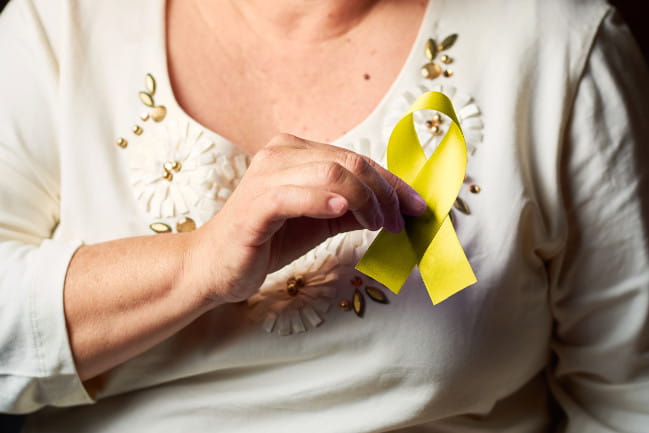
Holiday Heart Advice
Learn why heart risks spike during the holidays & how to stay safe. MUSC Health cardiologist Arasi Maran, M.D., shares tips for heart health & warning signs.

Learn why heart risks spike during the holidays & how to stay safe. MUSC Health cardiologist Arasi Maran, M.D., shares tips for heart health & warning signs.

Ensure safe sleep for your newborn with tips from MUSC Health’s expert. Learn essential practices to reduce SIDS risk during SIDS Awareness Month.

Protect yourself this fall with essential vaccines for flu, COVID-19 and RSV. Learn about timing, tips, and recommendations for a healthier season.

September is National Suicide Prevention Month. Learn how MUSC Health is committed to mental health and the Zero Suicide Initiative to save lives.

MUSC Health announces that it has once again received Star Performer recognition from The American Orthopaedic Association’s (AOA) Own the Bone program.

Dr. Erika Blank explains how social connection can boost your health and happiness.

MUSC Health recognizes World Marrow Donor Day with a story of courage and healing through stem cell transplants at MUSC Hollings Cancer Center. Watch here.

Dr. Jerry Reves explores LDL cholesterol's impact on heart health. Learn strategies to reduce your risk of heart disease through diet, exercise & medication.

Life-threatening brain infections caused by sinus infection are on the rise among kids. Find out what MUSC docs want parents & physicians to look out for.